What Exit Interview Metrics Should Your Business Be Tracking?
Every business is different, and only you can decide which metrics will best enable positive outcomes. That said, most businesses will benefit by tracking the following 5 exit interview metrics:
1. Employees who have retired
You need to know not only how many employees retire each year, but also the age at which they retired and associated costs to your business. For example, a recent study from Prudential Financial found that it costs businesses on average $50,000 for each worker who delays retirement by one year—this is because older workers cost more than younger ones. Businesses for whom delayed retirement creates an unsustainable financial drag might consider things like retirement incentive programs.
2. Employees who left to pursue educational opportunities
Obviously, when businesses include educational and training incentives as part of their benefits packages, employees seeking those opportunities are less likely to leave. The question for businesses is the extent to which this is a problem. If for example, you have a large cadre of recent college graduates among your workforce, the odds they’ll want advanced educational opportunities increase, and adding educational benefits might be a reasonable solution.
3. Employees who have moved on to another job
You need to track this metric in part to determine how many, if any, of those employees you could have retained if they’d been offered better opportunities for career advancement within your company. To decrease employee turnover due to better job offers, an increasing number of businesses are implementing career mapping strategies both to help themselves achieve long term goals and to show employees how staying with a business is in their long term interest.
4. Employees who were terminated
If an inordinately large number of employees are being terminated for poor job performance, you need to know why. It could be one or two managers lack the required leadership and mentoring skills and need additional training. On the other hand, the problem could exist in your HR and recruiting teams who need better strategies to align new hire skills with company needs.
5. Employees who left for “other” reasons
This can’t become a miscellaneous “dumping ground” of anything that doesn’t fit one of the other categories. Here, too, you need to identify recurring themes that suggest solutions for your business. For example, an increasing number of American workers have concerns about work-life balance issues and are looking for flexible and remote work options. Knowing that this is an issue for your business might mean better incorporating those opportunities into your business model.
The negative impact of employee turnover on your business can manifest itself in several important ways. The most obvious is financial. According to the Society for Human Resource Management (SHRM), for example, the cost to replace an employee is anywhere from 90% to 200% of that employee’s annual salary.
Since on average workers in the U.S. make $46,800 (this based on Bureau of Labor Statistics 2018 4th fiscal quarter figures), that translates into a cost to businesses of between $42,100 and $93,600 per employee. Obviously, the higher the level of an employee, the more that worker’s loss will impact a company.
Additionally, there are also indirect costs. For example, businesses should consider the more difficult to assess costs associated with disruption to your business, things like onboarding new workers and compromised relations with customers and vendors. Finally, and although it’s difficult to quantify, there are costs associated with diminished employee morale, particularly when many workers leave at the same time.
Fixing The Attrition Issue
To mitigate turnover costs, businesses need to implement proactive strategies designed to reduce attrition. Those solutions begin after companies better understand the reasons employees leave.
“Getting to the bottom of it” necessitates first understanding the difference between voluntary and involuntary termination. In other words, you would want to implement one set of solutions for employees who are terminated for poor job performance (such as better hiring and screening procedures) and a different set for talented rising stars who leave for jobs that offer more career advancement opportunities.
Second, you need to acknowledge that you have more control over the loss of some employees than others. For example, if someone moves on because they clash with an ineffective manager, you can retrain or replace that manager. If on the other hand, someone leaves because he or she wants to be closer to family in another state, there’s probably little you can do about it.
Quantifying Employee Turnover
Understanding these and similar distinctions as they apply to your business will enable you to draft a more effective set of questions to ask employees during exit interviews. The answers to those questions should provide valuable insights to improve your overall workplace culture and be measurable. In other words, you’ll want to ask the questions that generate trackable metrics (if for example, you’re assessing the effectiveness of a given manager, you might ask an employee to rate the manager’s performance on a sliding scale of 1 to 10).
Conclusion
The metrics you collect from exit interviews are only as good as the priority your business attaches to them and the uses to which they’re put. From the outset and throughout your analysis, it’s critically important to keep your eye on the prize—your goal should be to find ways to improve your company’s profitability and productivity. That’s where we can help.
To learn more about the ways we can help your business design a data-driven approach to exit interviews, gain valuable insights and improve the engagement and retention of your employees, contact us today.




